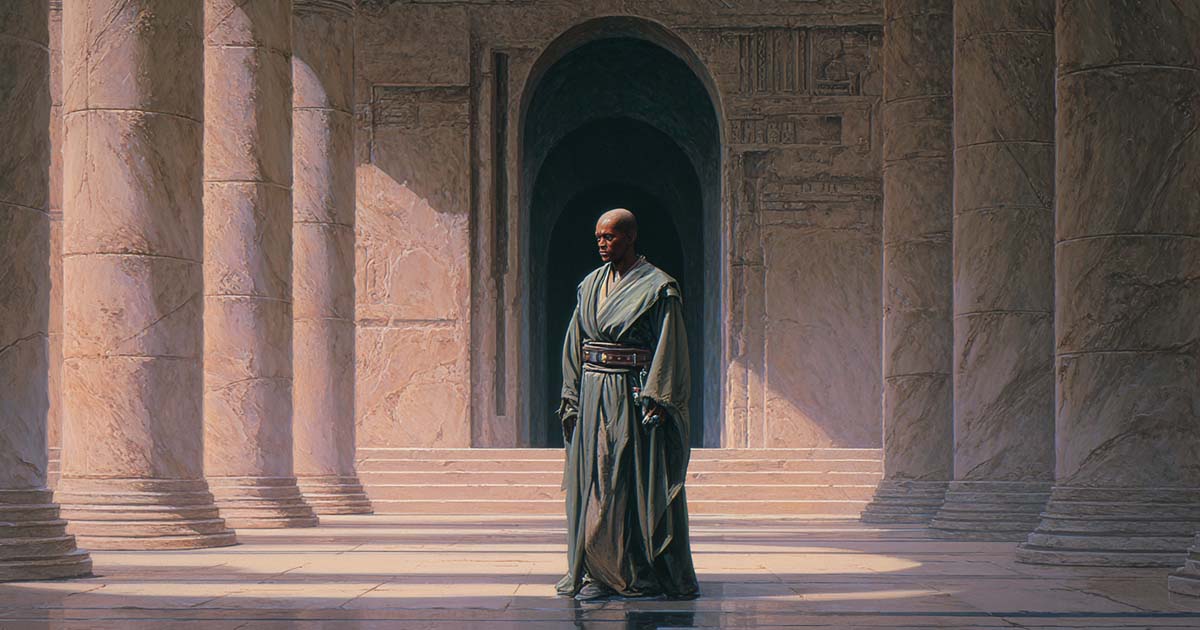The Jedi rule in opposition to attachment explains their Code and battle with emotion, revealing how worry, love, and obligation form the ethical steadiness on the middle of “Star Wars.”

Why Are Jedi Forbidden From Forming Attachments
On this planet of “Star Wars,” the Jedi are forbidden from forming attachments. This rule, sometimes called the Doctrine of Non-Attachment, is a vital part of the Jedi Code and their philosophy of service.
It teaches {that a} Jedi might care deeply about others however must not ever cling to any particular person, object, or final result. Attachment, in Jedi perception, breeds worry, jealousy, and the need to manage, which lead on to the darkish facet of the Pressure.
Origins of the Doctrine
George Lucas launched the precept of non-attachment as a part of the ethical basis of “Star Wars.” Drawing inspiration from samurai self-discipline and Buddhist thought, Lucas envisioned the Jedi as non secular warriors who might love with out possession.
He defined {that a} Jedi “can love, however can not possess” as a result of the worry of loss can grow to be greed, and greed can flip to evil. The doctrine protects the Jedi from corruption by educating them to let go quite than cling to what they want.
Philosophical Foundation
The Jedi Code expresses this very best via restraint and peace. Its guiding assertion, “There isn’t a emotion, there may be peace,” defines the order’s purpose. Attachments are considered as a supply of confusion and selfishness, whereas compassion is seen as a type of love that asks for nothing in return. The Jedi path depends on belief within the Pressure quite than private will. A real Jedi acts from understanding, not from impulse, and have to be able to launch all that he fears to lose.

In-Story Purposes
In the course of the closing years of the Galactic Republic, proven in “The Phantom Menace” (1999) via “Revenge of the Sith” (2005), the rule is enforced with precision. Jedi are forbidden from marrying, elevating households, or forming romantic bonds.
Masters like Yoda and Mace Windu warn that attachment clouds judgment and endangers steadiness. Younglings are dropped at the Jedi Temple early in life to stop emotional dependency.
The tragedy of Anakin Skywalker demonstrates the precept in full. His secret marriage to Padmé Amidala creates worry and desperation that drive him to betrayal. His story explains why attachment, although born of affection, can grow to be step one towards break.
Evolution of the Rule
Interpretations of the doctrine differ throughout the “Star Wars” franchise’s historical past. Within the Excessive Republic period, Jedi proceed to protect in opposition to attachment however view emotion with extra acceptance, believing that empathy can strengthen their connection to the Pressure.
Within the “Legends” continuity, Luke Skywalker’s New Jedi Order redefines the rule by permitting marriage and household, as long as self-discipline is preserved. These variations reveal that the idea of non-attachment evolves over time, reflecting the strain between emotion and obligation.

Cultural and Narrative That means
The ban on attachment serves each ethical and dramatic functions. Morally, it reinforces the Jedi very best of self-control and repair. Dramatically, it provides the sequence its deepest conflicts. Love and obligation, emotion and cause, ardour and peace are set in opposition to each other.
That pressure provides “Star Wars” a lot of its emotional power. Obi-Wan Kenobi’s devotion, Luke’s compassion for his father, and Anakin’s downfall all discover the identical query of whether or not love can exist with out possession.
For the viewer, the doctrine invitations reflection on human nature. It asks whether or not restraint is knowledge or repression, and whether or not a person can act selflessly with out denying his coronary heart. The thought reaches past fiction and touches on the enduring query of what it means to dwell with out worry of loss.
Jedi Ethical Code
The Jedi prohibition on attachment is greater than a rule. It’s the ethical spine of “Star Wars.” It defines the Jedi as calm, compassionate, and free from private craving.
Through the years, the doctrine has modified in apply however not in spirit. To comply with the Jedi approach is to serve with out possession, to like with out worry, and to belief the unseen power that binds all issues. The lesson stays clear that true freedom begins with letting go.

